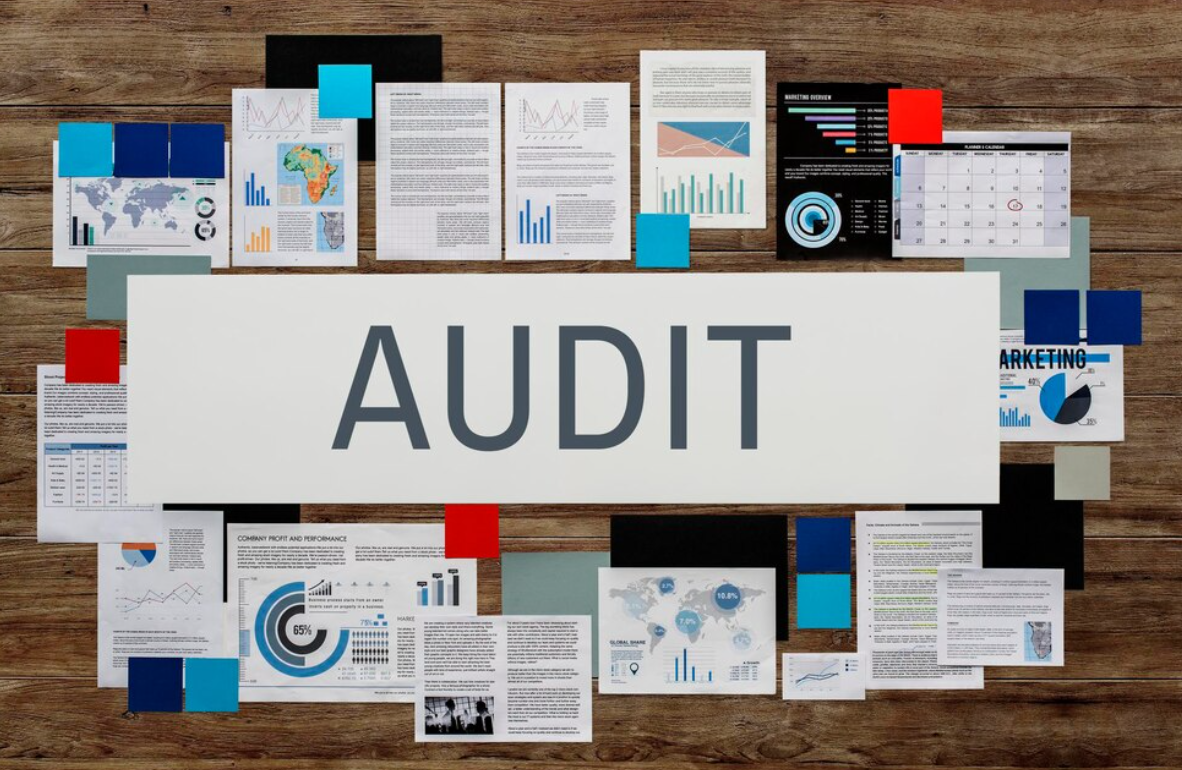Tax Pooling
Most people have heard of “tax pooling”, but it is common for people to say they have heard of it “but, I don’t really get it”. Here is an explanation of tax pooling. For the purposes of provisional tax and tax obligations generally, a fundamental aspect is the “effective date” of a tax credit. This being the date a credit is treated as ‘received’ by Inland Revenue (IRD).
If not received at the right date, interest and penalties could apply. Tax Pooling allows a business that has not paid tax at the right date, to ‘purchase’ tax with a specific effective date.
To illustrate, take the impact of the Covid-19 pandemic on Air New Zealand (Air NZ). For the 30 June 2019 financial year its pre-tax income was $382m. However, for the 30 June 2020 year it made a loss. It went from one extreme to the other.
Air NZ has a 30 June balance date, but for this purpose we’ll treat it as though it has a 31 March balance date, to make this explanation more commonly applicable. Under the standard provisional tax uplift method Air NZ would have been required to make provisional tax payments as it went through the 2020 year. Let’s assume it made the following provisional tax payments:
1. 28 August 2019 $37m
2. 15 January 2020 $37m
3. 7 May 2020 $37m
In total $111m in provisional tax that is ultimately not needed because it ended up making a loss.
Meanwhile, imagine a small local coffee and food delivery company that ‘boomed’ because it was able to go-online and satisfy the caffeine needs of individuals who worked from home. Under the standard uplift method, the business expected to have a tax liability of $150k and therefore made provisional tax payments as follows:
1. 28 August 2019 $50k
2. 15 January 2020 $50k
3. 7 May 2020 $50k
In December 2020 its income tax return was completed and the owners find their final tax liability for the year is $550k, i.e. they need to pay a further $400k. Under the ‘use of money interest’ rules, IRD charge interest on that $400k shortfall from 7 May 2020. In a net sense, as at the 7 May 2020, the coffee company has a tax shortfall of $400k, whilst Air NZ has excess tax credits (at that date) of $37m.
The rationale behind tax pooling is that rather than IRD paying interest to Air NZ and charging interest to the coffee company, Air NZ can ‘sell’ $400k of its excess tax to the coffee company (and others) with the tax credit transferring across at an effective date of 7 May 2020; and therefore, no interest is charged by IRD.
The coffee company pays a fee (interest) to ‘purchase’ the tax credit, but it is less than the interest amount that would have been charged by IRD. Part of that fee is paid to Air NZ, but it is more than what IRD would have paid Air NZ in interest. A tax pooling intermediary acts as a broker to connect the two and ‘clips the ticket’ on the way through.













